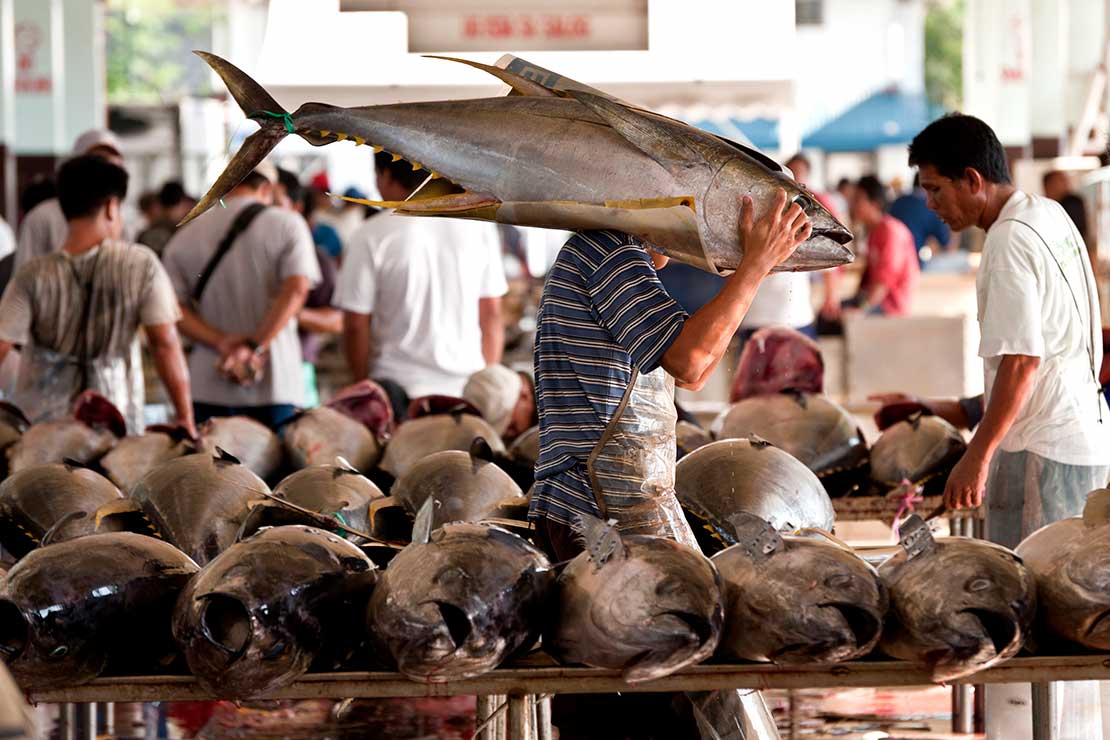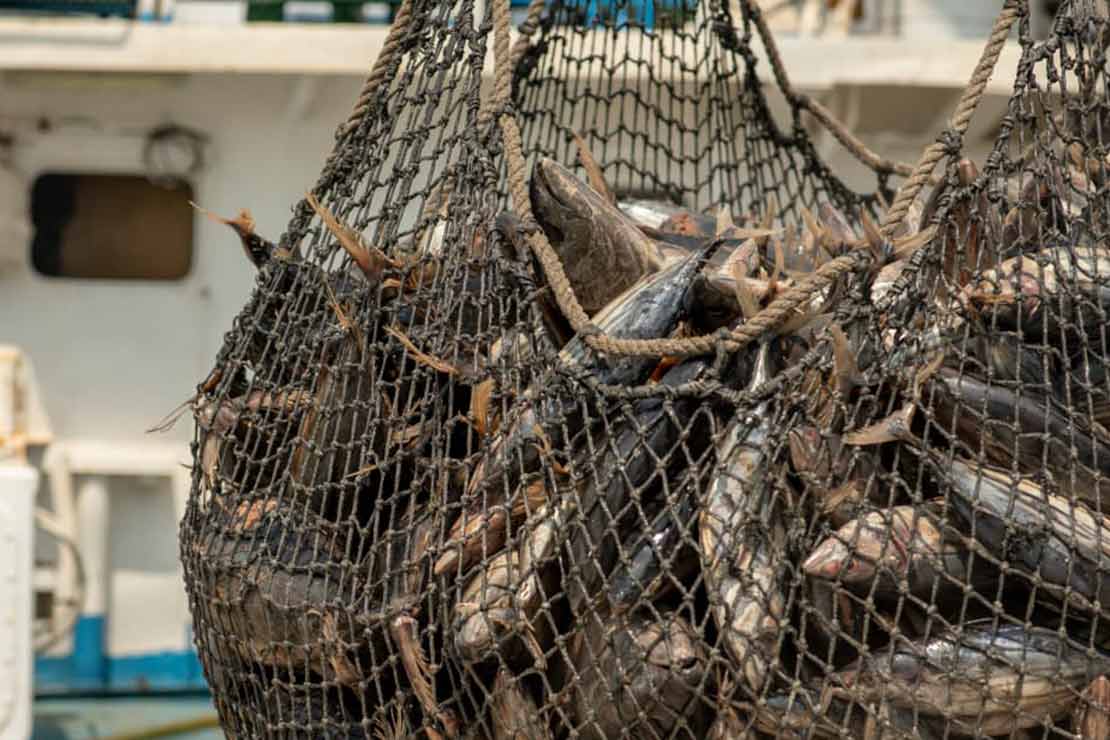Indian Ocean Tropical Tuna Purse Seine
Sustainable Indian Ocean Tuna Initiative (SIOTI)
FIP Stage: 5 (Improvements on the Water)
Progress Rating: A (Advanced Progress)
Start Date: April 2017
Last Updated: March 2022
The Indian Ocean is one of the world’s most economically important fishing areas – now accounting for 20% of the world’s production of tuna. Each year around one million tonnes of skipjack, yellowfin, and bigeye tuna are caught within the waters of the Indian Ocean, providing a source of protein and income for tens of millions of people across the globe.
The Sustainable Indian Ocean Tuna Initiative (SIOTI) was jointly established by major tuna processors, and producer organizations and their fishing vessels in the region, along with the support of WWF. The goal is to improve the management of tuna fisheries in the Indian Ocean so that in the future, consumers can be assured that the purse-seine tuna they purchase is harvested sustainably.
This fishery is predominately used for export to the European market and the vessels are flagged to Spain, France, Italy, Seychelles, and Mauritius.
Tuna are highly migratory, which presents unique challenges for this fishery. The development of international management measures across countries in the Indian Ocean is critical to ensure that tuna are fished sustainably and that target stocks are at healthy population levels. As this fishery relies on fish aggregating devices (FADs) to catch skipjack, reducing the number and subsequently the impact of FADs on the wider marine environment is a key task for the FIP.
Since 2016, the active involvement of FIP Stakeholders, including the Seychelles Fishing Authority (SFA), has catalyzed improvements in this fishery against the Stewardship Council (MSC) standard.

© Jürgen Freund / WWF
WHAT WE ARE DOING
FIP efforts address governance, fishing practices, and environmental impacts of the fishery so that it can meet the MSC standard. This work is steered by FIP participants and FIP stakeholders and includes:
FIP PARTICIPANTS
We encourage action across the supply chain to support FIP progress. A FIP Participant is an industry member that is part of the seafood supply chain for the FIP product and is actively engaged in supporting the FIP.
PROGRESS AND ACTIVITY
The Marine Stewardship Council uses 28 performance indicators to assess the sustainability of fisheries. The chart represents the percentage of indicators that would likely pass, pass with conditions for improvement, or fail upon the fishery’s full assessment.
Indian Ocean Tropical Tuna (SIOTI) FIP Status
Initial Assessment
Implementing Improvements
We use a step-wise process to evaluate the fishery’s performance and identify sustainability issues, and then to implement improvements and report results. Want to dive deeper into this FIP’s progress on each of the MSC performance indicators? Visit FisheryProgress.org.
FIP OUTCOMES TO DATE
The fishery has achieved the following impacts through improved practices and management

©Kyle LaFerriere / WWF-US
Get FIP Updates Delivered Straight to Your Inbox
October 3, 2019
Do you want to receive monthly updates on how your favorite FIPs are coming along? FisheryProgress.org subscribers can use the “Follow This FIP” tool to receive monthly emails from FisheryProgress highlighting major changes in the improvement projects they choose to follow.



